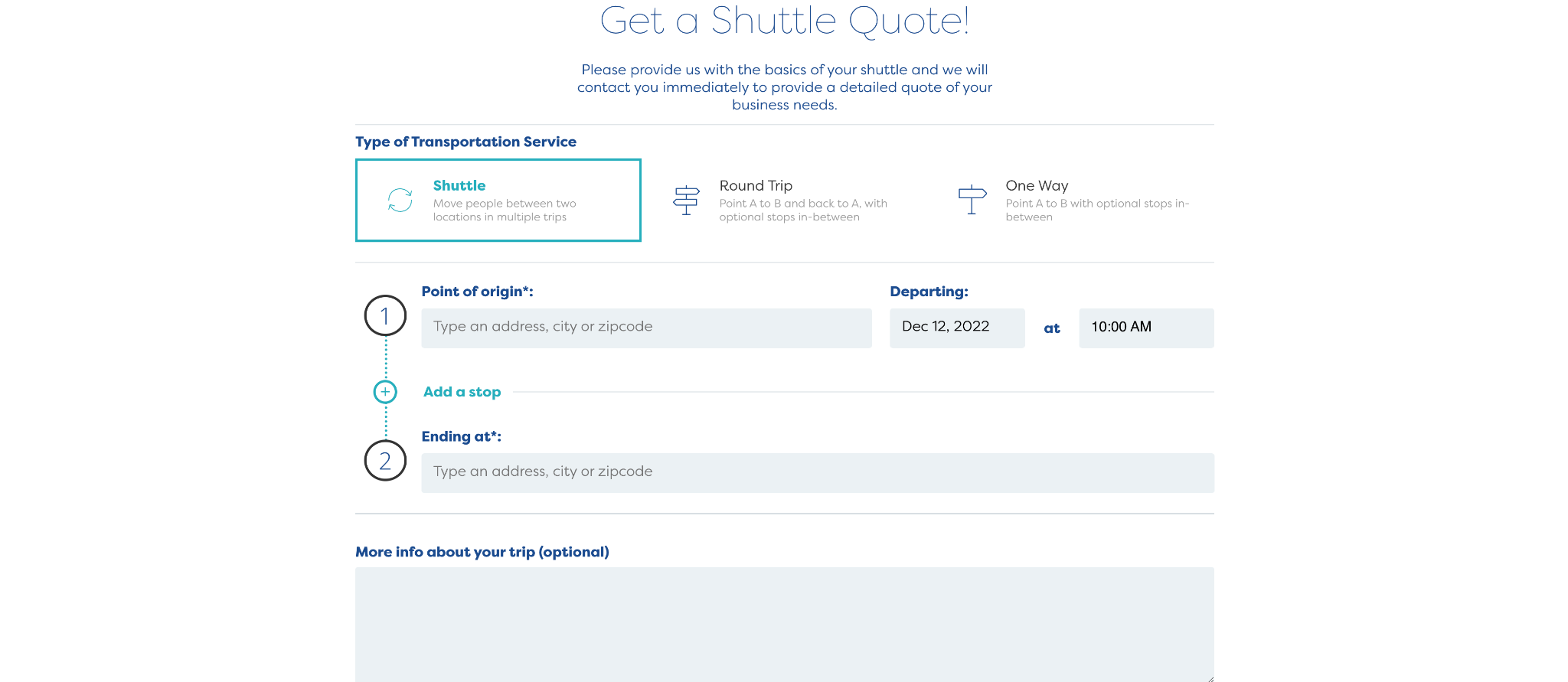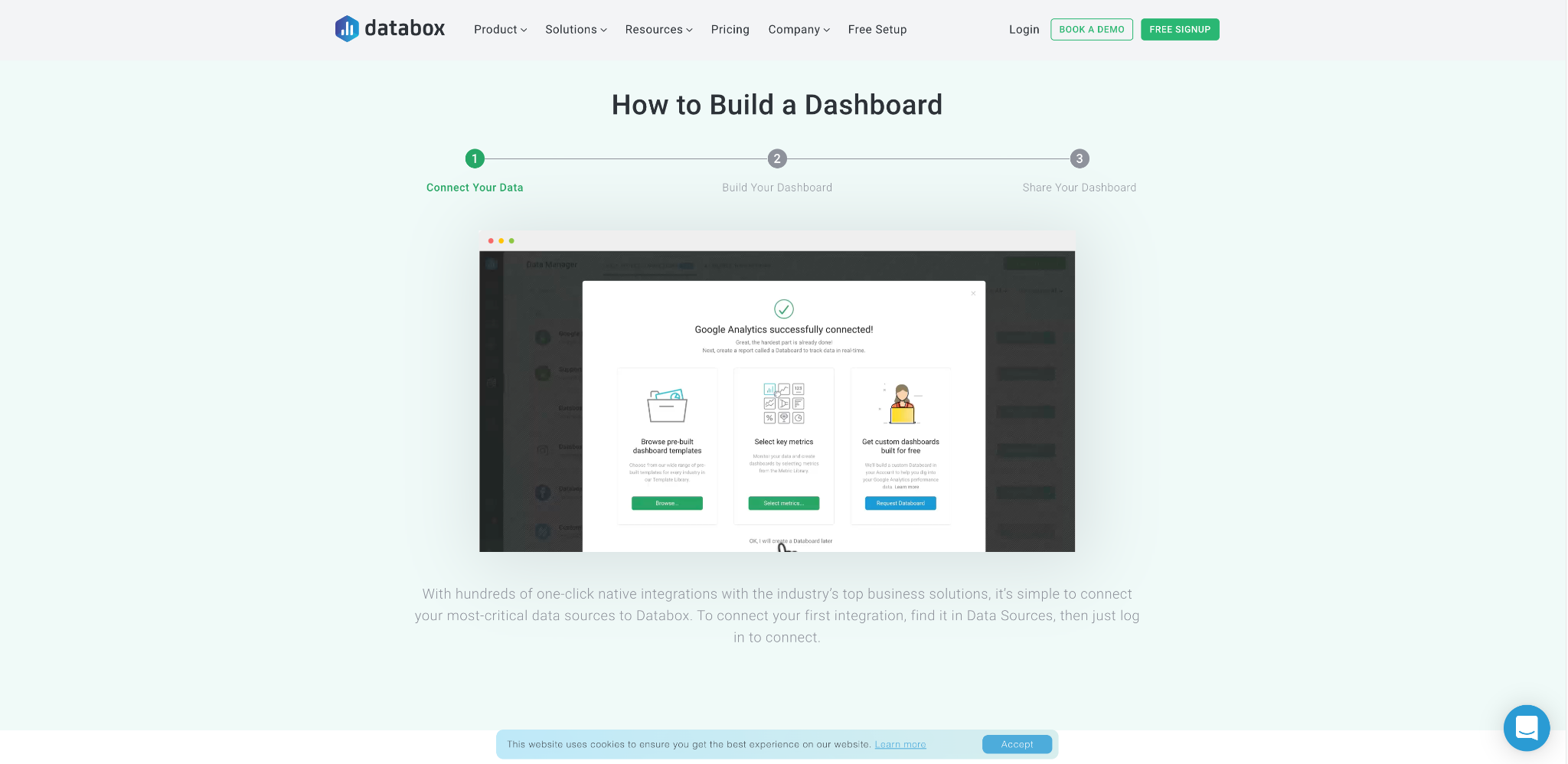
In marketing as in physics, friction impedes motion and slows things down. So, when it comes to optimizing your customer’s journey, friction is the last thing you want to create.
Anything that makes it more difficult for your customers to smoothly move through the process toward converting can be considered friction and, the more friction a prospect encounters, the less likely they are to make a purchase. In other words, if you want to boost your conversion rate, spotting and eliminating your biggest causes of friction is well worth your time.
In this article, we’ll go over 5 ways you can remove friction from your customer experience, ensuring smooth sailing on your customer’s journey, and a boost to your bottom line. Let’s dive in!
Put a lot of time and effort into understanding your target audience
The first step in perfecting any successful customer experience is to really understand the people you serve. Knowing your target audience enables you to tailor the customer journey to their unique needs and preferences, so it can be as frictionless as possible.
So, what should you know about your target audience?
- Who are they demographically? This includes things like age, gender, and income.
- Who are they psychographically? This includes their attitudes, preferences, and goals.
- What do they struggle with? In other words, what are their pain points that they are trying to correct?
- Where did they first hear about you? How are they landing on your website?
The better you understand your target customers, the better you’ll be able to serve them at every step of the journey.
Creating buyer personas is a great way to get clear on these important traits. A buyer persona is a fictionalized version of your ideal customer. It’s a character you create that embodies your target buyer. Having buyer personas gives you and anyone else on your team a very useful mental shortcut when evaluating any part of your customer journey. You can regularly check in with yourself and ask what your buyer persona would prefer at any given point.
Your existing customers are also an extremely valuable resource. Finding out more about them and their preferences can help you remove friction. Some ways to do this include:
- Looking through customer complaints to identify frequent issues
- Reading reviews
- Reading blog comments
- Surveying customers; you can offer them some incentive in exchange for completing a survey designed to identify points of friction
While it may take some time to gather this information, it’s well worth the effort because it can help you ensure more prospects become paying customers.
Customer Feedback Channels
Establishing multiple feedback channels is an effective approach to identifying and removing friction during the customer’s experience. By implementing email surveys, live chat support, and social media monitoring, businesses can gather valuable insights on customer preferences and pain points.
Using email surveys, you can directly ask customers about their experiences and any hurdles they’ve faced. Live chat support provides immediate assistance and can capture real-time feedback about customer interactions. Meanwhile, social media monitoring allows you to observe unsolicited feedback, capturing the sentiments of your customers across various platforms and helping you address issues promptly.
Ensure it’s always as easy as possible to take the next step with your business
To maximize conversions, it should be easy for the customer to take the next step at every point on their journey. Customers’ online attention spans are notoriously short, so you don’t want to leave them having to dig around for the next step or you’ll risk them leaving your website without making a purchase or taking action.
To make the buying process as simple as possible, you can try offering:
- A sophisticated search tool that enables them to find what they need without combing through a big catalog
- Simple calls to action that clearly direct them toward the next step
- Easy-to-find contact options so customers don’t have to dig for ways to get in touch with you when required
Here’s an example from the Law Office of John W Redmann.
If you offer professional services, customers may need to get in touch first, as they probably won’t be able to checkout directly on your website. This particular site offers a simple, easy-to-spot form with just a few fields on its homepage, so visitors don’t have to dig around for an email address in order to get in touch. They can just fire their message off right away. This reduces friction because visitors don’t have to click to the contact us page or to their email browser to send a message.
On the other hand, if you require more information from your prospects to provide them with a quote, take a look at how Corporate Shuttle does this while still minimizing friction.

The company provides a simple “get a quote” call-to-action, which takes website visitors to an easy-to-use form that captures all the information Corporate Shuttle needs to generate a quote. This means they don’t have to email back and forth with prospects to get more information. They make it easy for customers to provide all the necessary information in one step, reducing the friction of extra communication and ensuring they can provide a quote quickly.
Alternatively, if you have a large catalog of products, dividing them into categories your customers can browse quickly and easily is a great way to reduce friction, too. For example, take a look at Home Depot’s departments.
Their website contains tens of thousands of products, but clearly defined departments, along with an effective search tool, mean that customers can get the product they need with just a couple of clicks.
Adapting to Mobile Commerce
As mobile commerce continues to surge, optimizing the customer experience for mobile users has become increasingly important. More customers are shopping on their smartphones, which necessitates a seamless mobile experience with responsive design and streamlined checkout processes.
Ensuring that your website is fully responsive means it will adjust to different screen sizes, maintaining functionality and aesthetics on any device. A simplified checkout process, with features like autofill forms and mobile payment options, can speed up transactions. By catering to the needs of mobile users, businesses can improve satisfaction and minimize friction for on-the-go shoppers.
Focus on educating customers about your products or services
Often, people will refrain from making purchases simply because they don’t know enough about what you’re offering. Focusing on helping your customers understand exactly what it is that you provide can help them feel confident about whether it’s going to be the right purchase for them.
To do this, ensure the information on your product or service pages is comprehensive and up to date. Content marketing on your blog and social media channels can also inform your customers and reduce friction. Content about who your products or services are and aren’t for can be elucidating, as can buying guides that help customers make informed decisions.
For instance, a helpful and straightforward “how it works” post like this one from Montana Capital Bad Credit Loans can be very helpful in clearing up the majority of questions that prospective customers may have.
Because customers can read this content before deciding whether the company can offer them when they need, website visitors don’t have to get in touch to ask questions. Instead, they can easily identify if this service is for them, then follow the “get started” button to proceed if it is. When creating an overview of your products or services like this, think about the questions you most frequently receive, and make sure you answer them in your content for the best results.
For certain businesses — and particularly software companies — a visual how-to may be more effective. For example, take a look at how dashboard software company Databox offers educational content on its website.

On their service’s landing page, there’s a video that auto-plays without audio, simply demonstrating how the software looks and works, so prospects can get a clear idea of what it does and whether it’s right for them. With some software products, showing can be much more efficient and effective than telling, so a clean, easy-to-understand video like this can offer a very effective way to educate your customers.
Or, sometimes, the best way to let customers find out whether a product is right for them is by letting them use it. Free trials can be excellent for this purpose. So, if it makes sense for your business, consider creating a tool on your website where visitors can try your product for free, as Instant Checkmate does with their on-site inmate search.
While they also have more robust search options available with a membership, this free tool helps prospects understand the company’s capabilities and decide whether its services are right for them. Since there’s no sign-up required, it’s a truly frictionless way for prospective customers to learn about the product.
Make sure you have a strong customer service department
Customer service departments are often the unsung heroes of any business. Having a strong team covering customer service can go a long way in making the buying experience pain-free for your customers, resulting in more sales and better customer retention.
It’s normal for customers to encounter problems or require help with their questions, no matter how great your product or service is. So, your customer service team will likely be contacted first. Your staff in this department should be able to provide the best possible customer service to ensure that any friction resulting from problems or questions can be swiftly resolved.
Your customer service staff should be able to answer questions, handle complaints, and provide prospective and existing customers with any resources that they might need in order to have a better experience.
The key to a great customer service department is providing adequate training and the right resources to your staff. If they understand your product inside and out, they’ll be in a better position to help prospective and existing clients.
Having resources that all customer service staff can access is essential for two reasons. Firstly, it ensures consistency. If all staff refer to the same resources when helping customers, it ensures that people can rely on the same level of service no matter which customer service staff member they speak with.
Secondly, it helps reduce the burden on staff if they have excellent resources they can share with customers. Things like instructional guides on how to use or care for a product, for instance, can be sent directly to customers, so staff members don’t have to repeat themselves constantly.
Implementing a CRM system can further enhance your customer service department by managing and organizing customer interactions efficiently. A CRM centralizes customer information, allowing service representatives to access a complete history of transactions and interactions.
With this data at their fingertips, your team can provide personalized support, addressing issues quickly and effectively. This approach ensures that any friction caused by repeated inquiries or unresolved issues is minimized, improving overall customer satisfaction and loyalty.
Be on the lookout to improve your website’s UX
Your website’s user experience, or UX, can make or break a sale. A great UX ensures a frictionless buying journey and a positive customer experience for visitors to your website. This means they’ll be less likely to click away, and you’ll be less likely to lose their business.
So, what constitutes a top-notch UX?
- Loading speed: Fast loading speeds are essential. Even as little as a one-second difference in loading speed will have an impact on your conversion rate, so do all you can to ensure your site is speedy.
- Navigation: A straightforward and intuitive navigation is another UX must-have. Menus should be clearly marked and information should be logically organized. Important information, such as store policies, should be easy to access, too.
- Design: Design is an important component of UX, with clean and simple layouts generally being favorable. For some businesses, it may make sense to get more experimental with web design but, in most cases, simple is best. Websites should also be designed to be accessible so that a great UX can be enjoyed by all visitors.
User Interface (UI) Enhancements
Improving the visual elements of your website can significantly enhance the overall user experience by creating a more intuitive and enjoyable interface. Focusing on visual design elements such as color schemes, typography, and iconography ensures that the site is welcoming and easy for users to find their way around.
A cohesive color palette and straightforward typography make important information stand out, allowing users to find what they need quickly. Strategic placement of icons can guide users through key processes without cluttering the screen with too much text. By simplifying the way users interact and designing clearly, customers can move through the purchasing process with minimal friction.
Personalization in Customer Experience
Personalized customer experiences have become a key strategy in reducing friction and enhancing satisfaction. Through data-driven insights, companies can offer product recommendations and communications that closely match individual preferences and shopping behaviors.
For instance, using customer data, you can send personalized emails that align with a customer’s past purchases or browsing history. Personalized content not only makes customers feel valued but also streamlines their interactions, leading to quicker and more satisfying purchase decisions. By adopting personalization strategies, businesses can create more engaging and smooth customer experiences.
Final thoughts
Less friction in your customer’s buying journey means more of your prospects will make it to the finish line and convert. By removing hiccups on their journey, you’ll reduce the likelihood of losing your prospects and deliver an excellent customer experience in the process.
With the 5 tips discussed in this article, you can ensure your customer journey is frictionless and delivers results.
–
Author bio & headshot:
Aaron Haynes is the CEO of Loganix, an SEO fulfillment partner that supports marketing agencies and professionals. The company specializes in helping businesses to improve their online visibility and ultimately make more sales. The Loganix blog has a lot more information and advice, so make sure you check it out if you found this article helpful.

Last Updated on February 23, 2025 by Ian Naylor

0 thoughts on “5 effective ways you can remove friction from your customer experience”